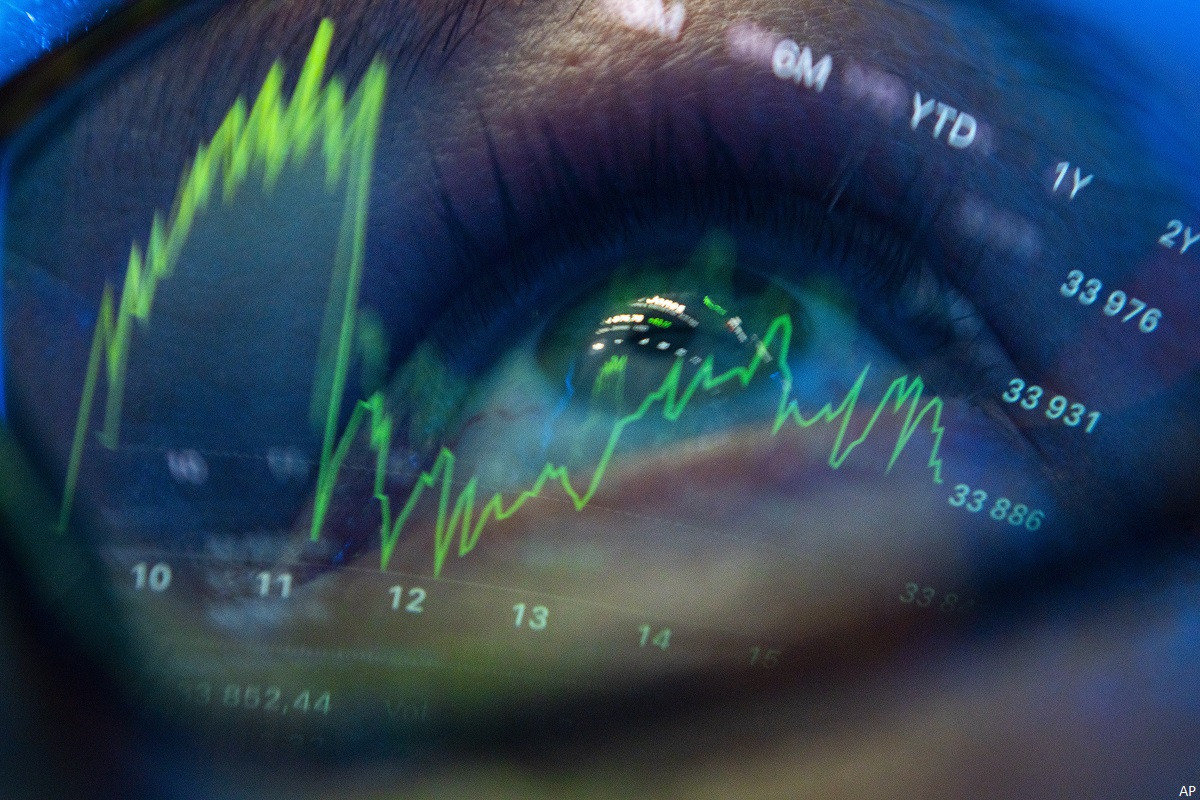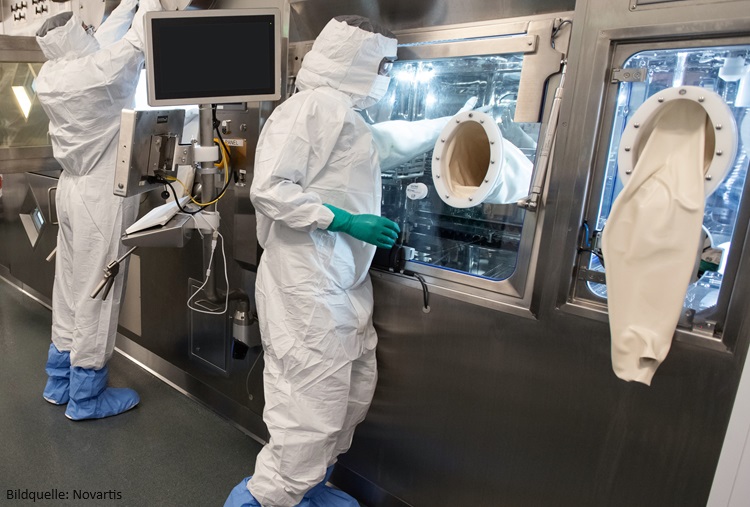Rolle im Portfolio
We lack confidence that this concentrated fund will beat its Switzerland Large-Cap Morningstar Category peers in the long run on a risk-adjusted basis.
The Swiss Leader Index consists of the 30 largest and most liquid stocks listed on the Swiss stock exchange, including the 20 stocks making up the Swiss Market Index, Switzerland’s main benchmark, plus the 10 largest stocks in the SMI Mid.
The SLI can be used as an alternative to the extremely concentrated SMI. It offers greater single stock and sector diversification thanks to a capping mechanism which limits the weighting of each of the four largest constituents to 9% of the index’s value, while the weighting of all other securities is capped at 4.5%. However, the SLI remains fairly top-heavy, with the top 10 constituents accounting for about 63% of its value. Financials and healthcare are the index’s top sectors, representing a combined 50% of the index’s value.
Performance-wise, the fund has failed to impress, lagging the average active and passive offering in the category on a risk-adjusted basis over three and five years.
Meanwhile, the fund has lagged its underlying benchmark by an amount that is slightly above its ongoing charge of 0.35%. While 0.35% is considerably less than the median fee in the category, it is higher than what other, albeit smaller, ETF options charge. In fact, iShares itself offers a much cheaper alternative, namely the iShares Core SPI (CH), for just 0.10%. Besides, the Swiss Performance Index provides broader and more representative market exposure, with close to 200 holdings, including mid and small caps.
Ultimately, because of its concentration and despite the quality of its holdings—close to 90% of the portfolio currently carry wide or narrow Morningstar Economic Moat Ratings, indicating that they enjoy durable competitive advantages—we lack confidence that the iShares SLI (CH) ETF will beat the average fund in the category over the long term. And on this basis, we have awarded it a Morningstar Analyst Rating of Neutral.
Fundamentale Analyse
The SLI comprises some of Europe’s biggest and highest-quality companies with significant competitive advantages, or wide “economic moats,” by virtue of having either exclusive patents or well-recognised brand names. These include not only multinationals like Nestle, Richemont, or Swatch, but also defensive heavyweights like Novartis and Roche, which are able to maintain a competitive advantage with their portfolio of patented drugs and robust R&D budgets, which support new drug discovery.
Thanks to their high value-added nature, these companies weathered the global financial and economic crisis better than many others. They also showed resilience to the strong franc, which, driven by its safe-haven status, appreciated considerably after the crisis.
In an effort to contain franc appreciation, support growth, and prevent sustained deflation, the Swiss National Bank introduced a CHF/EUR 1.20 foreign exchange peg target in September 2011. In January 2015, the SNB took many by surprise by dropping the peg, and, to discourage Swiss franc appreciation, the bank also cut interest rates to negative 0.75%. This negative rate setup remains in place as of this writing.
The Swiss franc, nevertheless, is still considered too strong and continues to weigh on exporters, especially those that generate most of their sales outside Switzerland but manufacture domestically.
Another source of concerns for Swiss companies is the slowdown in emerging markets and particularly China. Swiss companies have increased their exports to China and are now more dependent than ever on its economic growth.
Indexkonstruktion
The Swiss Leader Index consists of the 30 largest and most liquid stocks listed on the Swiss stock exchange. As such, the SLI is composed of the SMI stocks plus the 10 largest stocks in the SMIM. The SLI has a capping mechanism. The four largest shares are each capped at 9% of the index’s value, and, where necessary, the weighting of the other securities is limited to 4.5%. Because the weightings change continuously, SIX Swiss Exchange calculates and adjusts the capping factor every three months. The financial and healthcare sectors are the most heavily weighted, representing about a quarter of the index's value, each, followed by materials and industrials (13%-16%). The top four constituents are Nestle, Roche, Novartis, and UBS, each comprising between 8% and 10% of the index’s value.
Fondskonstruktion
The fund uses full replication to track the performance of the SLI on a total return basis. The fund owns the securities within the index. Dividends (including withholding receivables) are reinvested in both the SLI constituents and SLI futures depending on the amount and time frame until the next distribution date. The fund may engage in securities lending but at the time of this writing no information related to it was made available on the company website. While securities lending can help generate additional revenue, it also introduces counterparty risk. To protect the fund, the borrowers are requested to post collateral. IShares holds a dominant position in the European ETF marketplace by virtue of its comprehensive offering. The fund management process is robust. We value the wealth of experience of the people behind it and the extensive internal network supporting the operation. Having said that, we take the view that the vast economies of scale generated by the BlackRock group could be better shared out with investors in the shape of lower ongoing charges. It is worth noting that the Swiss-domiciled iShares SLI (CH) ETF is not compliant with UCITS regulation and therefore is only authorised for commercial distribution in Switzerland and Liechtenstein.
Gebühren
The fund levies an ongoing charge of 0.35%, which is considerably less than the median fee in the category but higher than what other ETF options charge. Moreover, the tracking difference (fund return less index return) over the past few years suggests that the total holding cost is higher than the total expense ratio. On top of holding costs, ETF investors will typically be charged trading costs, including bid-offer spreads and brokerage commissions, when buy and sell orders are placed for ETF shares.
Alternativen
UBS and db X-trackers also offer directly comparable alternatives at ongoing charges of 0.20% and 0.35%, respectively. The UBS ETF (CH) SLI is the cheapest and best-performing ETF tracking the SLI.
Finally, those looking for broader and more representative market exposure could consider ETFs tracking the Swiss Performance Index, which is composed of large, mid-, and small caps. IShares Core SPI (CH) charges an ongoing charge of 0.10%, UBS ETF SPI (CH) levies 0.17% and Comstage SPI charges 0.40%.
















